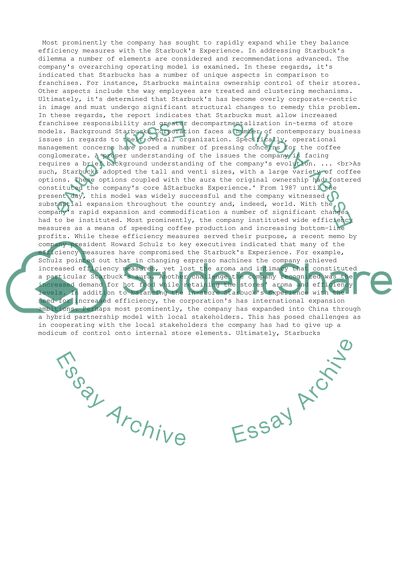Cite this document
(“Starbucks Corp Clouds In Your Coffee Case Study Essay”, n.d.)
Retrieved from https://studentshare.org/management/1429822-starbucks-corp-clouds-in-your-coffee-case-study
Retrieved from https://studentshare.org/management/1429822-starbucks-corp-clouds-in-your-coffee-case-study
(Starbucks Corp Clouds In Your Coffee Case Study Essay)
https://studentshare.org/management/1429822-starbucks-corp-clouds-in-your-coffee-case-study.
https://studentshare.org/management/1429822-starbucks-corp-clouds-in-your-coffee-case-study.
“Starbucks Corp Clouds In Your Coffee Case Study Essay”, n.d. https://studentshare.org/management/1429822-starbucks-corp-clouds-in-your-coffee-case-study.


